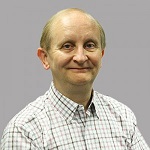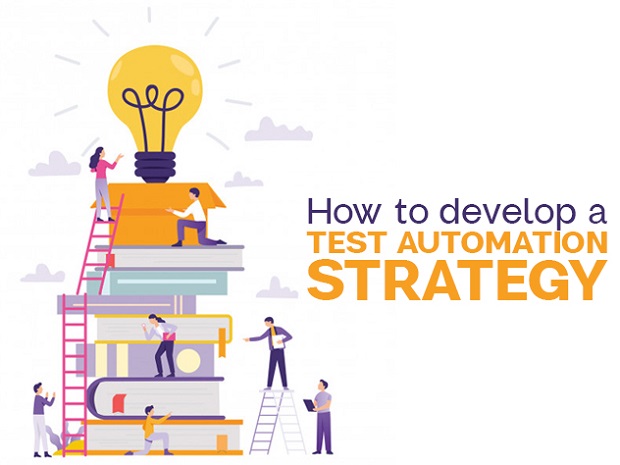LogiGear is a Silicon Valley based company that is built around software testing and test automation expertise. Below is our recent interview with Hans Buwalda, CTO at LogiGear:

Q: Can you tell us something mote about your founders?
A: Our founders, Hung Nguyen and Michael Hackett have written many books on testing, including the bestseller “Testing Computer Software.” Which Hung co-wrote with Cem Kaner.
Q: You’ve celebrated 25th anniversary this year; could you tell us something more about your journey?
A: Over 25 years ago, we started as a company for training and consulting. Over time, we grew to over 100 engineers employed in Silicon Valley. In the early 2000’s we migrated to a larger scale, and shifted to doing more work off-shore, in particular in Vietnam, where we have large offices in Ho Chi Minh City and Da Nang. LogiGear was in fact the first company to offshore software testing services in Vietnam.
Around that time we also started offering test automation services, mostly with our own method called Action Based Testing. Automated testing is now the majority of our business. To support our Action Based Testing methodology, we created a product line under the name TestArchitect. It integrates test development, test automation and test management in one package.
 Recommended: An Interview With Jason Flowerday, CEO Of MDBriefCase
Recommended: An Interview With Jason Flowerday, CEO Of MDBriefCase
Q: Why LogiGear? What makes you the best choice?
A: First of all, I’d say it’s our knowledgeable organization and people. Not only have we been around for 25 years, we have done testing on a wide variety of systems and platforms, and in addition to our services we also provide training and consulting. Our leadership team is actively speaking on a variety of testing challenges: from DevOps transformations, to some classic techniques that are still useful for testers today.
Test automation is known to be hard. It is a challenge to get tests to run stably, and to keep them up to date over the years. Our ABT method – supported by our tool TestArchitect and our services portfolio – forms the core of much of our success with automated testing.
Our services portfolio, methodology and tool make us a one-stop shop for firms that are looking to transform their QA programs.
Q: What types of services do you provide to your clients?
A: A large part of our services are about creating and executing tests and their automation. We call this test engineering and automation engineering. Most of that work is done in our off-shore locations, but we also do work on-site for locally based clients.
We’re still providing training and consulting, as it is a big element of helping companies to make DevOps and digital transformations. There is a wide selection of standard trainings, but we can also give hands-on workshops and coaching, to get people started with testing and automation quickly, and to resolve any issues together.
Q: What is the best way to define a test automation strategy?
A: I believe that a test automation strategy is a team effort, with input from many parties like testers, automation engineers, developers, domain experts, product owners, managers, and sometimes others, like auditors.
There are many factors to take into account for a test automation strategy, but for me the top two are automation-friendly test design and testability of the systems under tests. Both topics are often overlooked. Automation is often seen as a technical challenge, but if test cases are too detailed and badly structured, no automation engineer will be able to automate them well. And if a system under test does not provide white-box access or does not clearly identify elements in a UI, the automation will be hard to build up and maintain.
 Recommended: 3DSignals Raises $8.5M In Additional Funding To Help Manufacturers Improve Productivity
Recommended: 3DSignals Raises $8.5M In Additional Funding To Help Manufacturers Improve Productivity
Q: What are your plans for the future?
A: We do a lot of R&D to stay relevant in our fast moving environment. We work with DevOps, AI, Server Oriented Architectures, etc. In addition we’re becoming more global and wide-spread, adding locations like Tokyo, Seattle, and Houston. We will continue striving to work from a position of thought leadership, keeping speaking and writing, like in our quarterly magazine and our blog. And we will get our inspiration from our teams, and our customers and the challenges they face.

